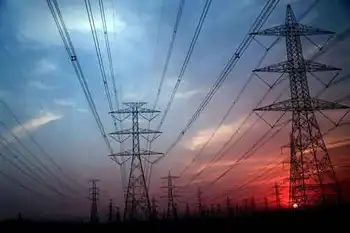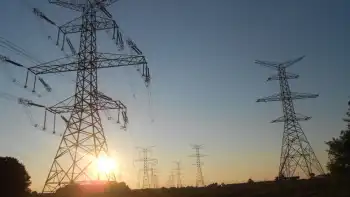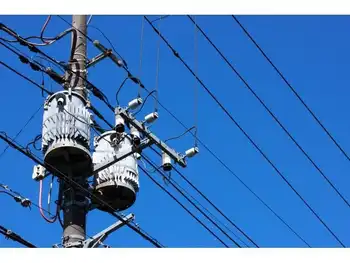Report questions OPG pricing
- Ontario Power Generation Inc. probably has been offering to sell electricity from its coal-burning generating stations at prices below the cost of production, an analysis by CIBC World Markets has concluded.
OPG's bidding practices were called into question recently after Energy Minister Dwight Duncan said it's "astounding" that OPG could be in financial difficulty, given its dominant position in the Ontario market.
Duncan said the company, owned by the provincial government, is bleeding cash and heading for a $240 million loss next year.
Tom Adams of Energy Probe said OPG may be suffering because it is offering power into Ontario's market at prices that fail to cover the company's costs.
The CIBC analysis, prepared several months ago for institutional clients, concludes that this could be the case.
CIBC examined a number of periods in 2003 when Ontario was using about 20,000 megawatts of power. Since Ontario's nuclear and hydro plants can churn out less than 17,000 megawatts, the province must be calling on its natural gas and coal plants when demand creeps up to 20,000 megawatts. Ontario's power market works on a bidding system, in which generators offer their power for sale at varying prices. Low-cost hydro-electric generating stations, for example, probably can afford to offer power at 2.5 cents to 3 cents a kilowatt hour and still cover their costs. Nuclear stations also have low operating costs.
Plants that burn coal and natural gas cost more to operate, and normally would offer to produce power only at higher prices than hydro and nuclear plants.
As demand rises, the Independent Electricity Market Operator, which runs the market, accepts higher bids as the low-priced bids are exhausted. All sellers receive the price of the last bid accepted.
By the time demand for power reaches 20,000 megawatts, CIBC notes, there are no more low-priced hydro or nuclear plants to call on.
At that point, the IMO must be accepting bids from coal- and gas-fired plants, which are more costly to run and should be asking higher prices than the hydro and nuclear plants.
"The fully loaded cost of running a coal plant is normally in the range of $40 to $50 a megawatt hour (4 to 5 cents a kilowatt hour)," the analysis says. "If prices were properly reflecting Ontario's supply and demand situation, we would expect prices in peak hours of at least $35 a megawatt hour (3.5 cents a kilowatt hour), and much higher most of the time."
Instead, for the relatively high-demand periods cited by CIBC, the price was less than $25 a megawatt hour, or 2.5 cents a kilowatt hour, and presumably reflects low-priced bids from coal plants. That price is "below the cost of production for running most of the coal plants we have analyzed," CIBC says.
There are some reasons for bidding low, the analysis notes. For one thing, OPG is required to refund money to its customers when the price exceeds $38 a megawatt hour or 3.8 cents a kilowatt hour. High prices simply mean high refunds for OPG, so there's an incentive to keep bids low.
In addition, it takes time and fuel to heat up a coal plant. Once it's running, the owner doesn't want to risk pricing the plant out of the market and getting zero return.
A plant owner such as OPG may shave something off the price it's asking to ensure that its bid is accepted.
Ontario is short of electricity, and low prices don't cure the problem in the short term, CIBC says.
"Low prices may deter construction of new plants and exacerbate the supply problem," it notes. "In the long term, Ontarians must pay Ontario plant owners a proper market rate to avoid shortages."
Adams, who hadn't seen the CIBC analysis when he made his comments last week, called it a "serious, scholarly effort" to explain this year's surprisingly low power prices.
Duncan has appointed a review committee headed by former federal finance minister John Manley to provide him with advice on OPG's long-term prospects by March 15.
Related News

Australia's energy transition stalled by stubbornly high demand
MELBOURNE - A more than 200% increase in installed solar power generation capacity since 2018 helped Australia rank sixth globally in terms of solar capacity last year and emerge as one of the world's fastest-growing major renewable energy producers.
However, to realise its goal of becoming a net-zero carbon emitter by 2050, Australia must reverse the trajectory of its energy use, which remains on a rising path in contrast with several peers that have curbed energy use in recent years.
Australia's total electricity consumption has grown nearly 8% over the past decade, compared with contractions over the same period of more than…




